A panel of insurance industry experts discuss the safety criteria around e-scooters and vulnerable road users, as well as the use of data from the ongoing government trials
The visually and mobility impaired are among the “most vulnerable” when it comes to electric scooter (e-scooter) incidents.
This is according to Kathryn Hinchey, principal associate at law firm Weightmans speaking on a panel of experts at its recent webinar: e-scooters – the New Kid on the Block.
She said: “E-scooters are quiet, they are difficult to see and I think the most vulnerable are likely to be those with visual impairments or mobility impairments. The trial e-scooters are limited in speed to only 15 and a half mph.”
Despite it still being illegal to ride an e-scooter on a pavement, Hinchey highlighted that an increase in e-scooters on the roads and she suspects further claims especially involving pedestrians, particularly in highly concentrated areas. She said that even at this speed a pedestrian could sustain quite a serious injury.
She said that e-scooters are classified as motor vehicles so are subject to the Road Traffic Act. This means that users need to have insurance and a driving licence to use them on the roads.
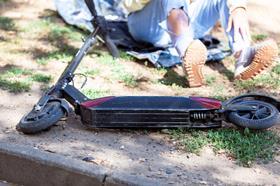
The issue of basic insurance requirements is something that Biba has pledged to explore in its latest manifesto.
Cultural aspect
Meanwhile, Hinchey continued. “From a motorist’s perspective, it is introducing another vulnerable road user into what is often, quite a crowded space on our roads. There are no requirements for helmets and tests are not mandatory.”
Bolt advocates helmets to any micro-mobility user as head injuries in collisions can be serious, in 2020 it handed out 800, 000 helmets for free.
Meanwhile Matthew Barrie, country manager for the UK and Ireland, at e-scooter provider, Bolt said: “In the UK we have seen that people are more inclined to wear helmets with their e-scooters because they are more inclined to wear helmets with their bikes than they would be in Netherlands, Denmark or Germany. So, there is a cultural aspect to the helmet wearing.”
Bolt also works to educate micro-mobility users about safety on the roads especially during the users first five rides, but he admitted that there is still more work to do, Barrie suggested bringing stakeholders together to come up with a solution.
Crash data
Hinchey pointed to other implications in terms of criminal and civil liabilities for e-scooters on the road such as riding under the influence of alcohol.
She cited a recent incident which involved the first lady in the UK to be convicted of drink driving on a e-scooter.
“That demonstrates how easy it potentially can be for a user to fall foul of the law, perhaps unknowingly and not really understanding the legal status,” she said.
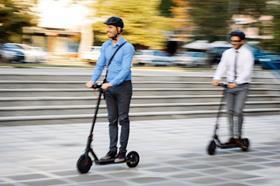
But for insurers, this depends on whether cover is provided for the protection of the user or for the motoring public.
On top of this, the government has made clear that data is essential in assessing the risks of e-scooters, however with less people out and about during lockdown this has been challenging.
Barrie highlighted the technology inside Bolt’s e-scooters that can detect heavy breaking, sharp movements, and collisions. Therefore, if a crash does occur, the user can also self-report via the app.
Meanwhile Michel Hodder, chief inspector roads policing unit, Surrey and Sussex Police pointed out that accurate data from the police was tricky for e-scooters.
This is because e-scooters are classified as ‘other vehicles in the police’s crash system which then subsequently relies on someone else describing it. On top of this data may be varied according to where trials take place.
Despite this David Davies, executive director at PACTS, said that it was not worth extending the government e-scooter trials further, although he questioned how self-reporting of accidents might work long-term.



























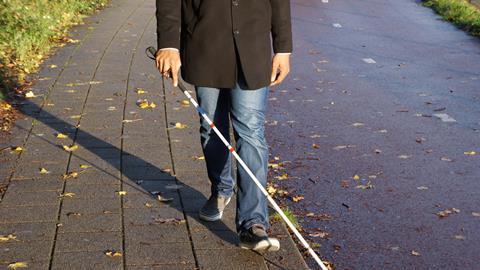




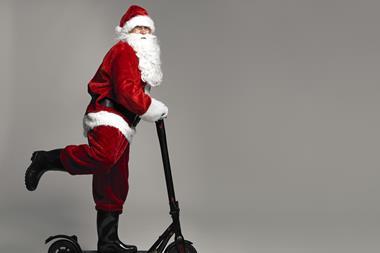
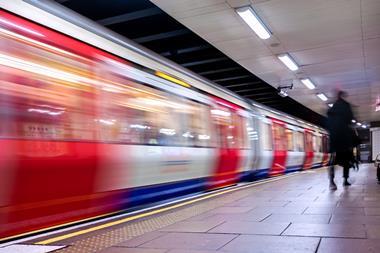
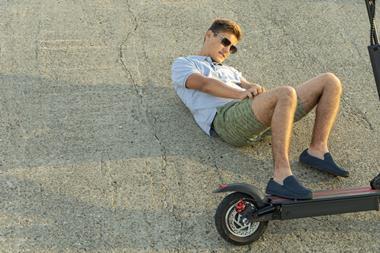










No comments yet